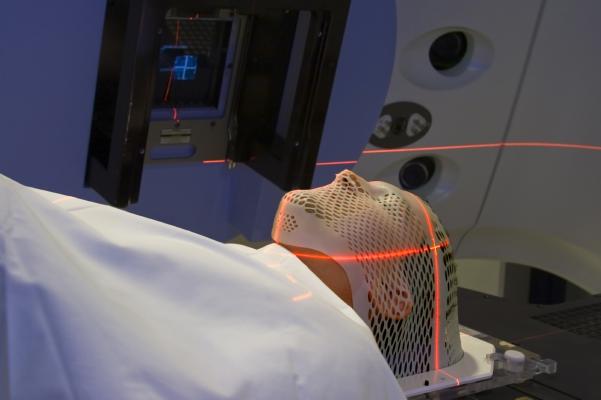
September 23, 2016 — Three leading national cancer organizations issued a joint clinical practice guideline update for physicians treating women with breast cancer who have undergone a mastectomy. The update provides additional considerations for physicians to determine which patients might benefit from post-mastectomy radiotherapy (PMRT).
“We still don’t have a single, validated formula that can determine who needs PMRT, but we hope that the research evidence summarized in this guideline update will help doctors and patients make more informed decisions,” said Stephen B. Edge, M.D., co-chair of the Expert Panel that developed the guideline update. “We also hope that this publication will spur more research into patient and tumor characteristics that predict risk of recurrence after mastectomy.”
The American Society of Clinical Oncology (ASCO), the American Society for Radiation Oncology (ASTRO) and the Society of Surgical Oncology (SSO) together published the new guideline update in their respective journals, the Journal of Clinical Oncology, Practical Radiation Oncology and Annals of Surgical Oncology.
“In an era of personalized medicine, we want to be sure that we offer the right care to the right patients. Thanks to advances in systemic therapy, fewer women need radiation therapy after a mastectomy,” said Abram Recht, M.D., co-chair of the Expert Panel that developed the guideline update. “This means we can be more selective when recommending this treatment to our patients.”
The guideline update states that there is strong evidence showing that PMRT reduces the risk of breast cancer recurrence. It provides evidence-based recommendations for the use of post-mastectomy radiotherapy in: patients with T1-2 tumors (tumors smaller than 5 cm) and one to three positive lymph nodes; patients undergoing neoadjuvant systemic therapy (NAST); and patients with T1-2 tumors and a positive sentinel node biopsy. The Expert Panel also addressed technical aspects of radiotherapy, such as the optimal extent of regional nodal irradiation (RNI).
“For many women, PMRT reduces the risk of local and regional failure, but physicians must weigh this benefit with the considerable side effects associated with this treatment,” said Bruce G. Haffty, M.D., immediate past chair of ASTRO’s Board of Directors. “This cooperative guideline underscores the complexity inherent in decisions related to PMRT, as well as the importance of clinical judgment in treatment planning.”
To develop this guideline update, an Expert Panel reviewed relevant literature published between January 2001 and July 2015. This included a meta-analysis of 22 clinical trials published in 2014, which provides evidence that PMRT is highly effective at preventing local breast cancer recurrence.
Key recommendations of the guideline update are as follows:
- Decision to use PMRT should involve providers from all treating disciplines as well as the patient. Doctors and patients should discuss risks and benefits to determine the best treatment approach for the patient;
- For women with T1-2 breast cancer and one to three positive lymph nodes, PMRT reduces the risk of recurrence and breast cancer death. However, for some patients with a low risk of recurrence, the potential complications of PMRT may outweigh the benefit;
- When making decisions on recommending PMRT, doctors should consider patient and tumor characteristics that may diminish the benefit of PMRT or increase the risk of complications;
- Patients with T1-2 tumors with a positive sentinel node biopsy who elect to omit axillary lymph node dissection should receive PMRT only if there is already sufficient information to justify its use without needing to know that additional axillary nodes are involved;
- Patients with axillary nodal involvement that persists following neoadjuvant systemic therapy should receive PMRT; and
- Radiation should generally be given to both the internal mammary nodes and the supraclavicular-axillary apical nodes in addition to the chest wall or reconstructed breast when PMRT is used for patients with positive axillary lymph nodes.
“This guideline highlights the need to individualize therapy as well as identifies areas where more research is needed,” said Monica Morrow, M.D., FACS, the SSO representative on the Expert Panel that developed the guideline update. “It emphasizes that we are moving beyond a simplistic one size fits all approach to more tailored therapy which will improve benefits for patients.”
For more information: www.annsurgoncol.org, www.practicalradonc.org, www.jco.ascopubs.org


 April 16, 2024
April 16, 2024 








